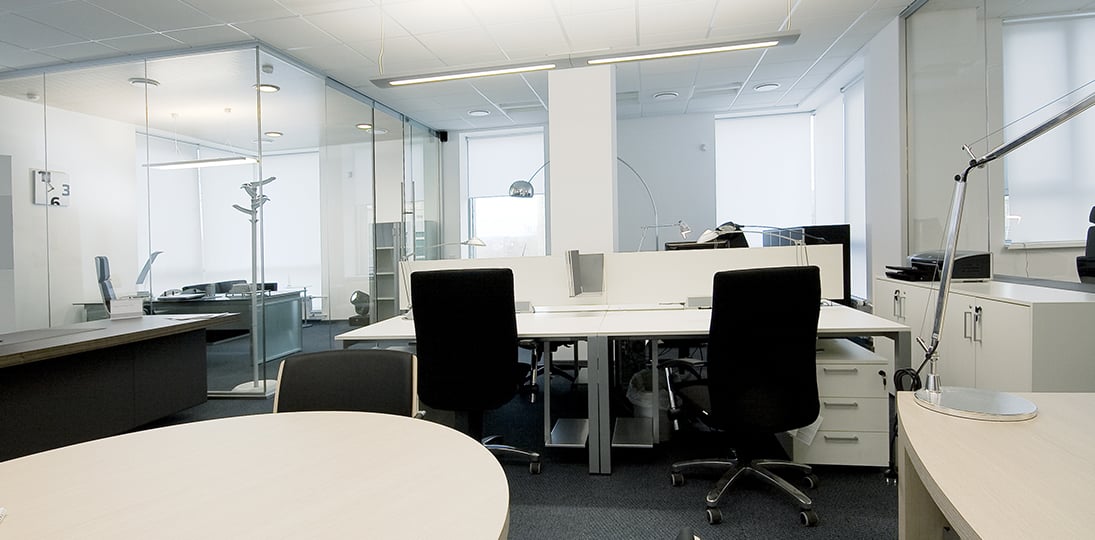You may have heard of Activity-Based Working or Activity-Based Workplace (ABW). The concept has been around for several years now, with more and more companies adopting it. Basically, ABW is the move away from employees “owning” or having assigned workstations. Instead, the workspace has a mix of individual and team areas that are designed around different tasks like solo work, learning, collaborating, and socializing.
As more people use mobile phones and laptops to conduct business, technology doesn’t have to be tied to a desk, either. This allows employees to be mobile, both within and outside the office. It gives both individuals and teams the opportunity and flexibility to choose the best space for their purpose at the time they need it. This, in turn, is meant to improve both worker satisfaction and productivity.
Here are just some of the innovating work areas that people in ABW environments can choose from:
- Desk: Instead of the traditional one-person-one-desk, clusters of desks are open for anyone to work in.
- Quiet desk: People will still need a quiet place to focus their concentration on solo work. However, quiet desks aren’t meant to become permanent workstations.
- Visitor desk: Some quiet desks may need to be designated for visitors who need an office for the day, but aren’t used to working in the ABW environment.
- Team desk: These are usually a table in an open space for collaborative meetings that don’t need the privacy of a meeting room and won’t disturb others in the area.
- Booth: This is a private space for 1-2 people at a time. Whether it needs to be quiet or noise doesn’t matter because these are isolated from other areas to avoid disturbance.
- Meeting room: This is the traditional meeting room for larger groups or longer collaborations.
- Standing zone: Common spaces without furniture allow people to hold fast meetings and quick conversations. These should be used for only 10-15 minutes, maximum.
- Video zones: These can be desks, booths or meeting rooms set up for videoconferencing.
- Lounge: It’s good to have at least one area for staff to relax and meet informally. This can be a lounge, café or other casual gathering space.
One of the complaints about hot desking (an earlier workspace system), was the lack of personal attachment to the workplace and people’s uncertainty about being ensured a space to work in.
You can still offer areas and opportunities for people to personalize their workplace. If ABS work zones are created as “neighborhoods” for teams, those teams can personalize the area, instead of the old habit of personalizing a desk. People must still have a place for their personal belongings, and a team or neighborhood may also need a library or other shared space for access to physical resources.
As far as ensuring that everyone has a place to work, that requires thoughtful space planning not just for the present, but also future expansion. If one type of work zone is becoming crowded, consider creating another one, or employ a scheduling system with room signs to manage shared spaces. Like all things, supply and demand should dictate how many of each type of space you should have.
